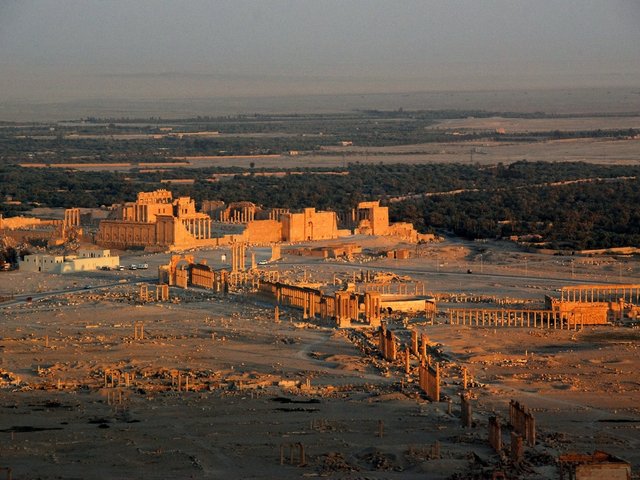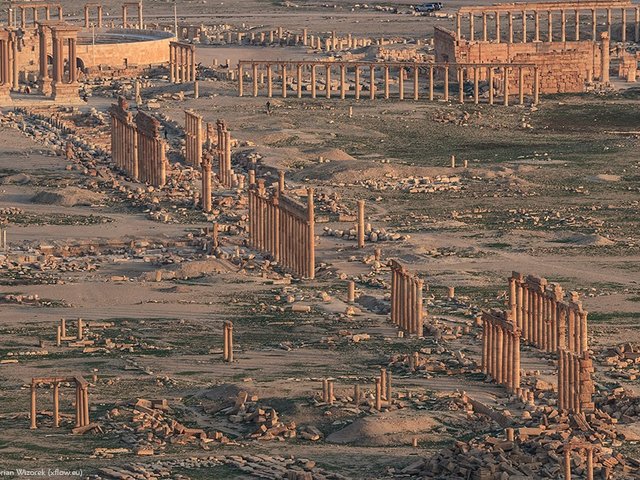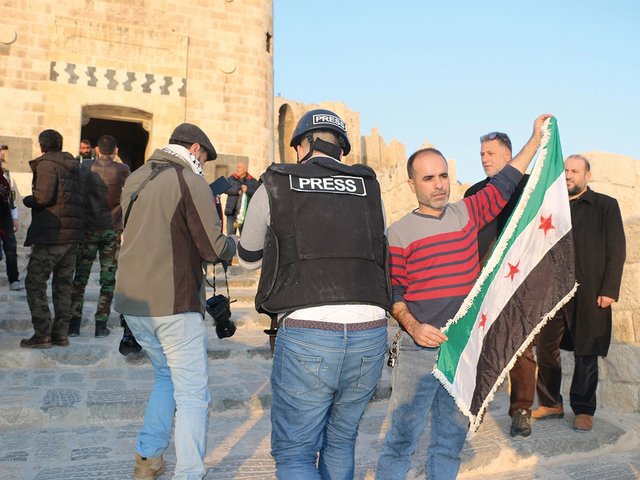The ancient site of Palmyra in Syria is in a desperate situation, following its seizure by Islamic State (IS) militia on 20 May. There are now three dangers threatening the site’s antiquities: destruction by IS, looting under IS administration and damage from Syrian government forces trying to recapture the modern day city of Tadmur which borders the site. Within days of the take-over, government forces of Bashar Assad were launching air attacks on the city. The surrounding hills have always been strategically important and one still houses the 17th-century fortress of Qal’at ibn Ma’an, built over earlier fortifications. Thousands of inhabitants fled before the occupation and others have been brutally treated or executed by IS terrorists.
Palmyra lies in the desert 250 km from Damascus. During the first and second centuries it developed as an important Roman city, with strong Persian ties and trading links with China and India. Its paved colonnaded street, just over one kilometre long, linked the Temple of Ba’al with Diocletian’s Camp. These ruins hopefully still survive, along with other important remains, including the agora (gathering place) and theatre.
Just to the south-west of the main site lies the Valley of the Tombs. The archaeological museum, opened in 1961, lies between the main Roman site and Tadmur. This contained important examples of Roman limestone busts from funerary monuments, which represent the greatest works of art from Palmyra. The tombs hopefully remain securely locked and the head of the government antiquities service, Maamoun Abdulkarim, says that most of the museum objects were removed for safekeeping to Damascus before IS captured Palmyra. As we went to press, there was no reliable information on the extent of any damage to Syria’s greatest antiquities site.




